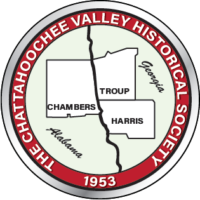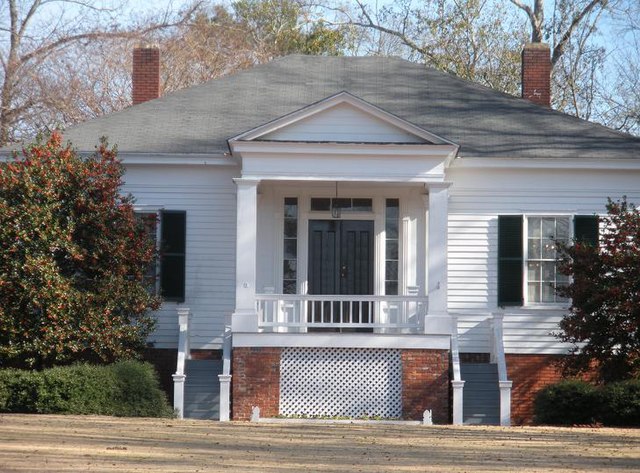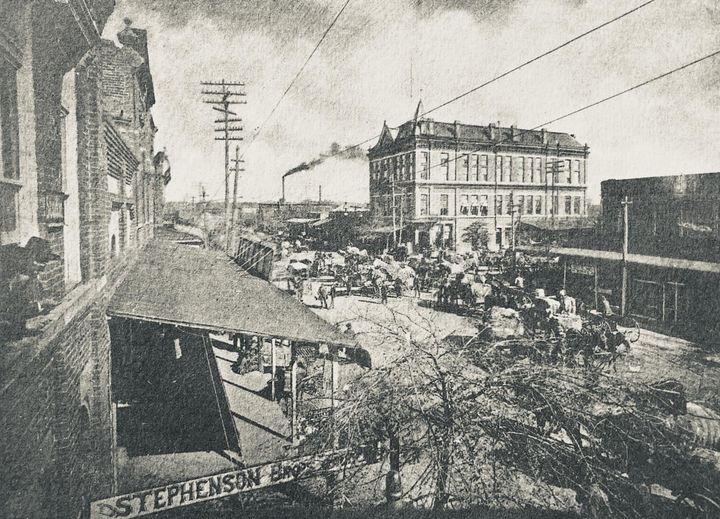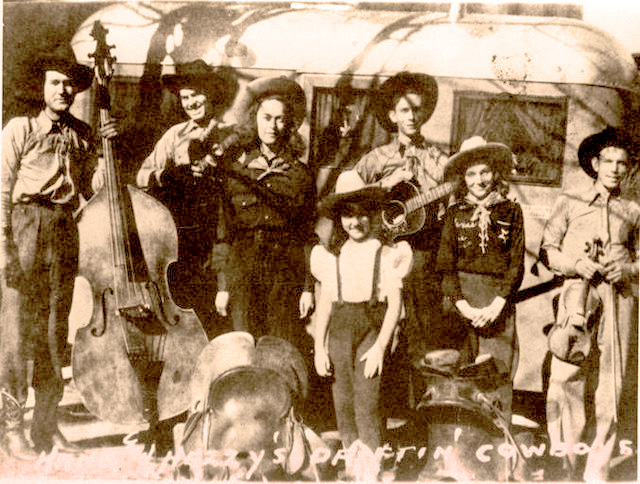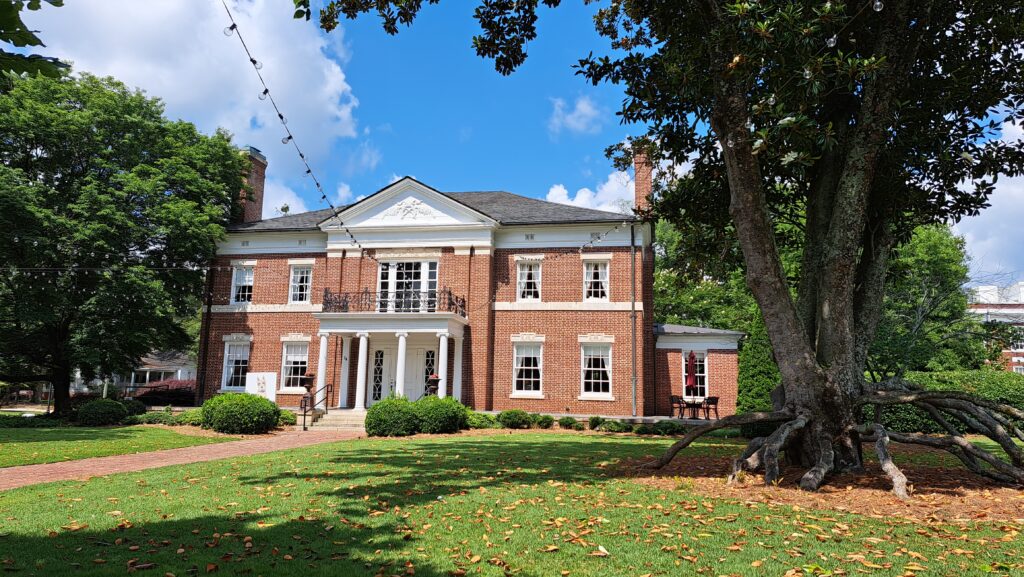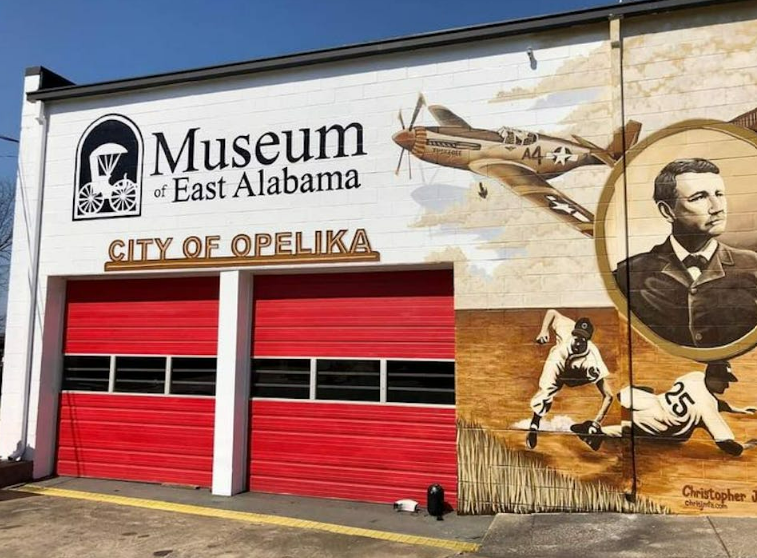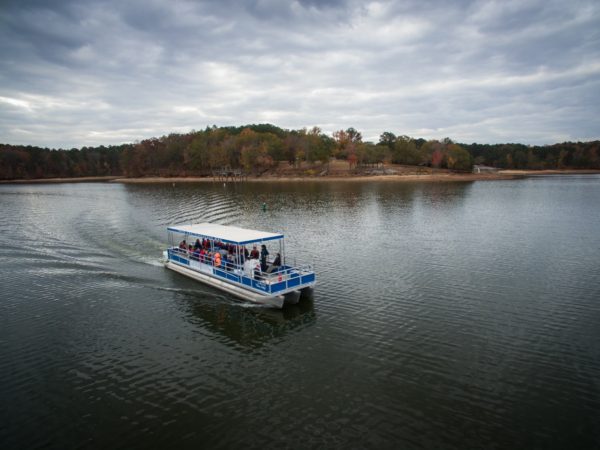The “Lost Cause” Movement: Exploring the Mythologizing of the Confederacy and its Historical Reputation in the Post-Bellum South
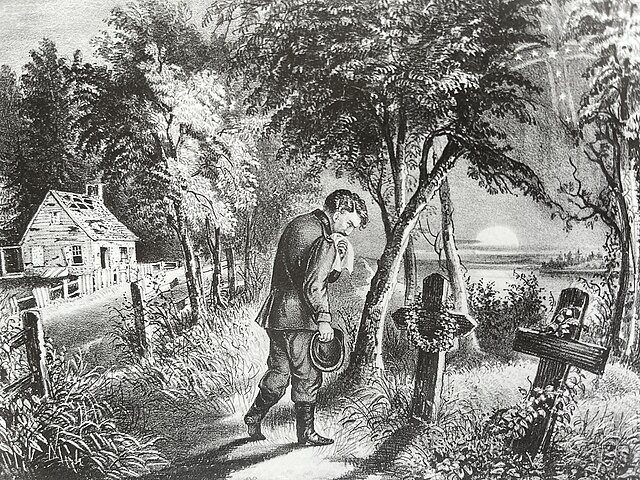
The Winter program of CVHS will be held virtually on January 26th, at 3:00 PM (EST). Our presenter, Dr. Keith Bohannon, is a longtime instructor of History at the University of West Georgia and an authority on the history of the Nineteenth Century South (both before and after the Civil War). This will be Dr. Bohannon’s second program for CVHS, the former being an in-person presentation several years ago highlighting education in Antebellum Georgia.
Dr. Bohannon’s upcoming presentation will focus on what is known as the “Lost Cause of the Confederacy.” In the decades following the U.S. Civil War, many (if not most) white Southerners constructed a mythology to interpret the causes of the Civil War and reasons behind Northern victory and Confederate defeat. This movement developed during the time immediately following the Civil War known as “Reconstruction.” During this time, the post-bellum south was under Federal Military Occupation. The white population of the Southern states had to go through a process of renouncing the Confederacy in order to regain their United States Citizenship (a process that became more complicated during the Grant Administration).
In the post-war South, the white population was typically divided into two factions – the “Scalawags” (white southerners who supported Reconstruction and renounced the Confederacy) and the “Redeemers.” The latter of these two venerated the former Confederacy and sought to “redeem” the South from Union control. It is from former Confederate soldiers and officers in the latter category from which the “Lost Cause” ideology (which came to mythologize the Confederate cause) emerged. Although Reconstruction would eventually end in March of 1877, the “Lost Cause” movement (and mythology) endured far longer.
The central tenets of the Lost Cause mythology appear in inscriptions on Confederate monuments, in films such as Gone With the Wind, and in many generations of textbooks used in Southern classrooms. Lost Cause interpretations are still present in Southern society today and are often heard in debates over Confederate monuments and symbols. Although many in the southeastern United States today are not as aware of this movement, its beliefs and key arguments have permeated social and historical perspectives on the Civil War and its legacy even into the 21st Century. Dr. Bohannon’s presentation will explore and discuss this.
Dr. Keith Bohannon is a professor of history at the University of West Georgia and teaches courses in Georgia History, the Civil War and Reconstruction, and the Antebellum South. Keith is a native of Smyrna, Georgia, but his mother is a LaGrange native and has roots in Troup and Meriwether Counties dating back to the 1820s.
Join us for this very informative and interesting presentation on January 26th. To attend this virtual meeting email ccpowers02@gmail.com prior to 12:00 PM noon (EST) on Sunday, January 26th. You will then be sent the Zoom link with instructions regarding how to join the meeting.
